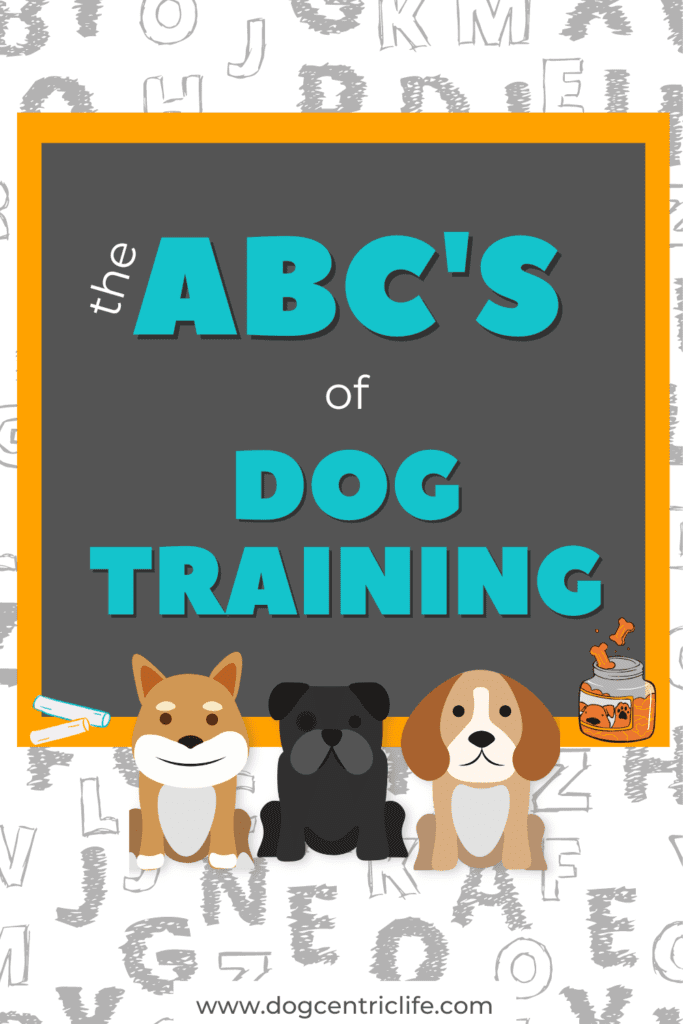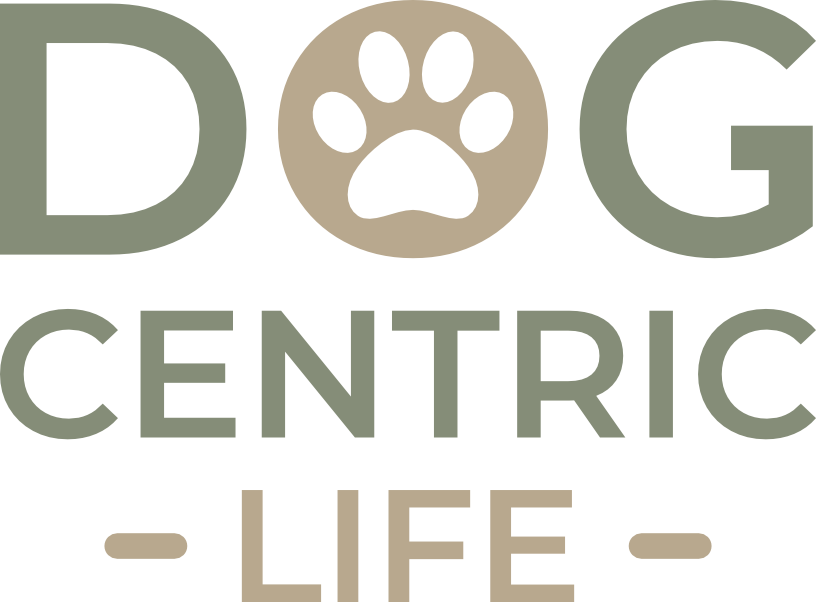I’ll admit that it has been a while since I was in school learning the ABC’s… I just won’t share how long ago it was! Deciding to become a dog trainer meant I had to go back to school to learn a different kind of ABC’s. However, also being a parent of a now, teen on the autism spectrum, I shouldn’t have been surprised to see the same concept of ABC’s in dog training as is used in behavioral therapy for autism. The base concept is critical to be able to understand and solve behavioral problems… not only in dogs, but other animals as well… including humans.
Parents with children on the autism spectrum are often familiar with at least the basics of Applied Behavioral Analysis, otherwise referred to as ABA Therapy. ABA therapists use the ABC’s in their approach to target and improve or modify certain behaviors.
Are you wondering what ABC stands for? Well, ABC = Antecedent–> Behavior–> Consequence. Basically this contingency provides us with the tools needed to help explain why a certain behavior is happening and whether or not it will likely continue.
Now you might be sitting there, looking at your screen and thinking… “HUH?!?!”… but bear with me. Hopefully after we break this down… seriously, stay with me… and give some simple examples… you may be able to look at, and understand your dog’s behavior a little better.
Without further ado, let’s jump in. It all begins with the antecedent:
What Is An Antecedent?
An antecedent is what happens right before the target behavior. In other words, it led to the behavior occurring. When training a dog this could be something like a treat, a toy, a cue (i.e. “sit) or a hand signal. When behaviors occur without your prompting it can be more difficult to determine what the antecedent is. In such cases it could be something in the environment like a trigger (i.e. a loud noise) or a distraction (i.e. a squirrel or other animal in the yard), and it can even be more motivational (i.e. your dog is hungry). If you are trying to figure out an antecedent, ask yourself… “what happened right before the behavior?”
Though the list of possible antecedents is pretty much never ending, let’s take a couple more examples and follow them through the whole contingency so you can see how this works:
- Picking up your dog’s leash (Antecedent)
- Food left out on the counter (Antecedent)
Each of these antecedents could lead to a desirable… or potentially undesirable… behavior from your dog. Let’s expand on these examples by adding possible behaviors…
Antecedents lead to Behavior
What is considered a behavior? This may be pretty obvious, but a behavior is specifically what your dog does in response to the antecedent. Again, this could be a desirable… or undesirable behavior. This is important though… a behavior must be something that you can actually describe (it must be measurable)… and NOT be something that your dog may be feeling.
Let’s expand on the antecedents from above.
- You pick up your dog’s leash (Antecedent)… your dog sits (Behavior)
- Food was left out on the counter (Antecedent)… so your dog jumped and placed their front paws on the counter (Behavior)
You can take each of those and determine if they are behaviors you would want… or not want.
For each of these examples let’s look at what the consequences, or outcomes, are.
And The Consequence Is…
A consequence comes directly after the behavior. In other words, it is what happens to your dog immediately after the behavior occurred. This needs to be viewed from the perspective of your dog… as in what did your dog get out of performing the behavior. If the consequence is good, that behavior is reinforced… and is more likely to be repeated in the future. On the flip-side, if the consequence is unpleasant, or bad, that behavior is weakened and is more likely to occur less frequently… or eventually stop altogether.
Now, let’s continue our examples and add some consequences…
- You pick up your dog’s leash (Antecedent)… your dog sits (Behavior).. you put on your dog’s leash and you go for a walk (Consequence)
- Food was left out on the counter (Antecedent)… so your dog jumped and placed their front paws on the counter (Behavior)… your dog “counter surfs”, stealing the food and enjoys a yummy snack! (Consequence)
So, one of these examples would generally be considered a desirable behavior… and the other one, not so desirable… but both behaviors have been positively reinforced from the perspective of the dog. Any behavior that is reinforced will be repeated… and that includes the undesirable behaviors (i.e. counter surfing).
So here come the tough part… the trick is to not let your dog practice undesirable behaviors in the first place. Allowing that to happen provides a possible opportunity for the unwanted behavior to be reinforced… even without you knowing.
I keep saying it’s all about the dog’s perspective and recognizing what they are getting out of performing a particular behavior… and that is key. If your dog jumps up on you… and you push them off, you likely see that as a “punishment”… or unpleasant consequence. But in fact, that act of you pushing your dog off could be seen, from your dog’s perspective, as attention, which is a good thing in your dog’s world. Therefore, you pushing your dog off is reinforcing for your dog… even though you didn’t intentionally mean for that to happen,
Here is a personal example looking at the ABC contingency: We have a beautiful, soft, plush Alpaca area rug in the living room. When I say soft and plush… imagine that… and then multiply it by 10! So, I often lie down on the rug to watch TV. Every time… and yes, I do mean every time… I would do this, Ollie would get up from wherever he was… come over to me… stick his cold nose in my face… then lie on top of me… all 120 lbs of him! In turn, we had “cuddle time” which he… and I… adored!
In this case:
Antecedent: Me lying down on the rug
Behavior: Ollie coming over and lying on top of me
Consequence: “CUDDLE TIME” with lots of giggles … this was a positively reinforced behavior which is why it happened ALL the time! And I am not complaining!
Hopefully, with the examples, this helps to explain the basic ABC contingency that is used in understanding behavior. This approach allows us to observe and manage a dog’s environment, make changes as needed, and thus help to ensure the dog is only being reinforced for desirable behaviors. In the end, understanding how this works… and how dog’s learn… will make life better for your dog, and in turn, for you.
Happy training!








0 Comments